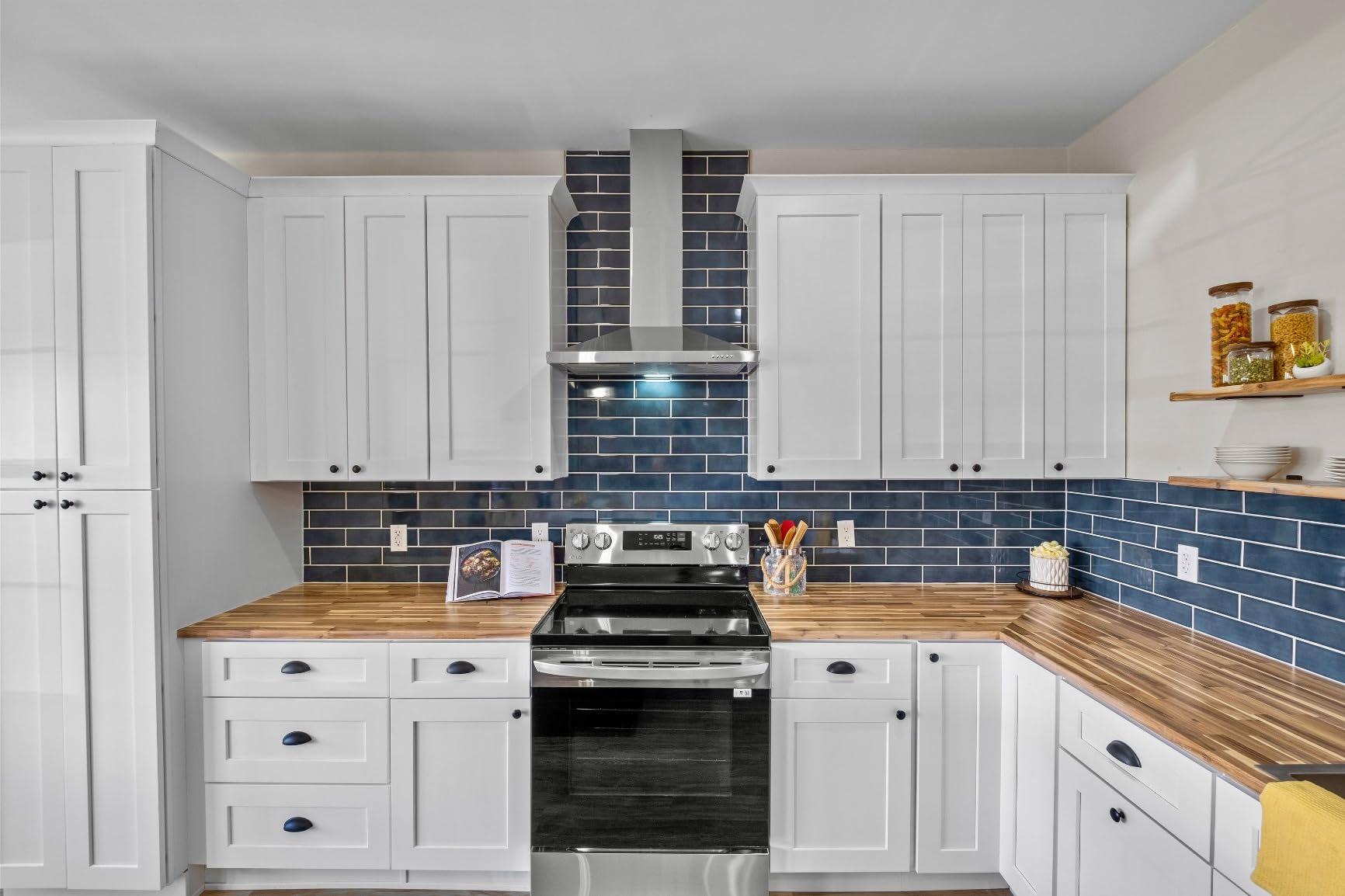The kitchen is the heart of any home, and a range hood plays a crucial role in keeping it clean and odor-free. However, windy conditions can turn a peaceful cooking experience into a noisy affair, especially when the range hood cap starts making racket.

The most common cause of range hood noise is due to wind.
The noise from your range hood cap or kitchen wall cap during windy conditions usually comes from the movement of the damper or external vent flaps. These parts are designed to open when the range hood is in use and close when it's not. However, strong winds can cause them to rattle or bang shut repeatedly.
Of course, there may be other problems:
- Loose Flaps: The flaps on the range hood cap may become loose over time, allowing wind to easily penetrate and create noise.
- Poor Installation: Incorrect installation can lead to gaps or misalignments, providing wind with an opportunity to make its presence known.
- Damaged Components: Wear and tear can cause damage to the moving parts of the hood cap, leading to unusual sounds in windy conditions.

Solutions to Noisy Range Hood Caps:
-
Tighten Loose Flaps:
- Inspect the flaps on the range hood cap.
- Tighten any loose screws or bolts.
- Consider lubricating hinges for smooth movement.
-
Ensure Proper Installation:
- Revisit the installation manual to ensure correct placement.
- Seal any gaps with weather-resistant materials.
- Make adjustments to align the cap properly.
-
Regular Maintenance:
- Schedule routine maintenance checks for your range hood.
- Replace damaged or worn-out components promptly.
- Clean the hood cap and surrounding area to prevent debris accumulation.
-
Wind Diverters:
- Install wind diverters around the exterior vent to redirect airflow.
-
Upgrade to Noise-Reducing Caps:
- Explore modern hood cap models designed with noise reduction features.
- Choose a range hood with Tieasy low-noise technology for quietness even with high airflow
-
Consult a Professional:
- If issues persist, seek assistance from a professional technician.
- A professional can identify underlying problems and provide tailored solutions.




Leave a comment
All comments are moderated before being published.
This site is protected by hCaptcha and the hCaptcha Privacy Policy and Terms of Service apply.